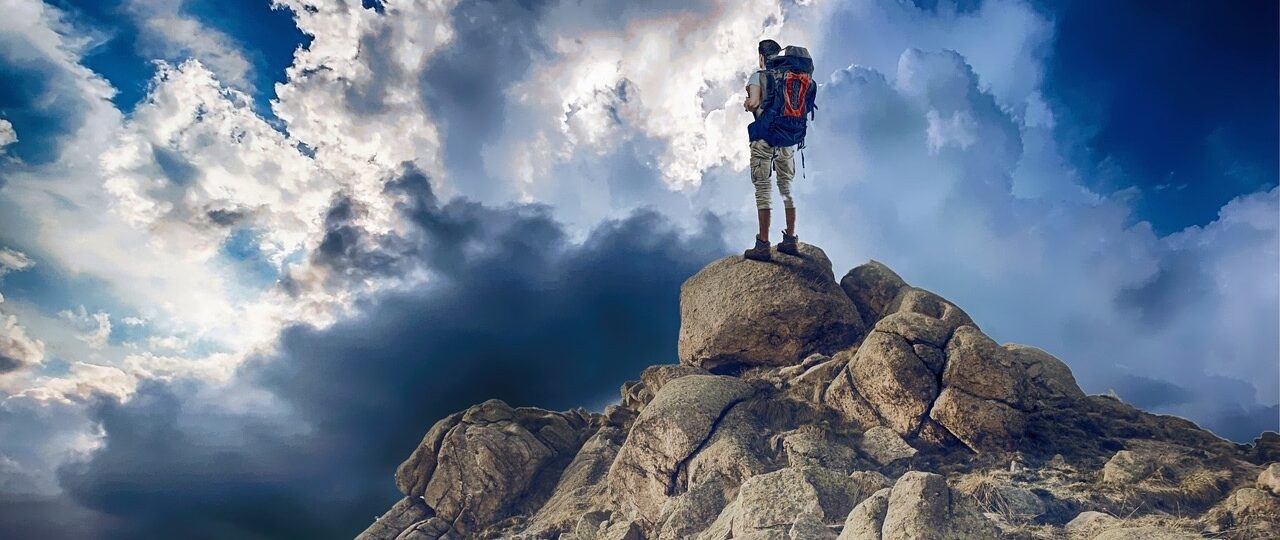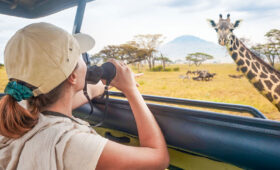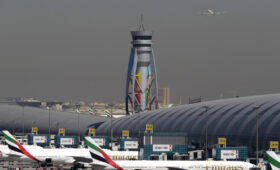Photography Tips for Kilimanjaro Climbers
Capture the Roof of Africa Like a Pro
Mount Kilimanjaro is not just a trekking adventure ,it’s a photographer’s paradise. From dramatic glaciers and cloud-draped valleys to golden sunrises over the summit, every step is a visual masterpiece. Whether you’re using a DSLR or your phone, here are essential photography tips for climbers looking to document their Kilimanjaro journey.
1. Pack the Right Gear
When hiking at high altitudes, your gear should be lightweight and weather-resistant. Consider:
- A compact DSLR or mirrorless camera for quality without bulk
- A waterproof phone pouch for smartphone photographers
- Extra batteries (cold temperatures drain them fast!)
- Memory cards with ample space
- A small tripod or GorillaPod for sunrise or night shots
Tip: Keep your camera in an easily accessible pouch so you don’t miss a moment.
2. Protect Your Equipment
Weather on Kilimanjaro can change quickly — from sun to snow. To protect your gear:
- Use silica gel packets to absorb moisture
- Keep your camera in a dry bag when not in use
- Always use a lens hood or cover to shield from dust and rain
3. Focus on the Journey, Not Just the Summit
Some of the most memorable shots are not at Uhuru Peak, but along the way:
- Capture camp life and team camaraderie
- Document landscape transitions — rainforest, moorland, alpine desert, and glacier
- Take candid portraits of fellow trekkers and guides
- Don’t forget the stars — the night skies on Kilimanjaro are extraordinary!
4. Light Is Everything
Lighting makes or breaks a mountain photo:
- Golden Hour (sunrise and sunset) provides warm, soft tones
- Use side lighting to highlight texture in rocks or clouds
- At midday, use shadows creatively to avoid flat images
- Adjust exposure manually or tap focus on smartphones to get accurate brightness
5. Include Scale and Perspective
Make your photos more dramatic by showing scale:
- Place a hiker in the frame to show the vastness of the landscape
- Use leading lines, like trails or ridges, to draw the viewer’s eye
- Frame your shot with natural elements like trees, rocks, or tents
6. Shoot in RAW (If Possible)
If your camera supports it, shoot in RAW format. It retains more detail and gives you better control during editing, especially useful when dealing with snow and cloud contrast.
7. Backup Your Memories
Nothing’s worse than losing your photos. Bring a portable backup device or upload to cloud storage when you have service at base camp or hotel.
Book Your Kilimanjaro Climb with Mandari Travel
Want breathtaking views and unforgettable moments? Climb with experienced guides who know where and when to capture the best shots on Kilimanjaro.
info@mandaritravel.com
📞 Call/WhatsApp: +255 750 900 811
Request a Quote
Fill out the form below to begin your photo-worthy adventure on Africa’s highest peak




